Affiliate links on Android Authority may earn us a commission. Learn more.
Salvaging Samsung: Can the world's largest OEM ever recover in China?
February 2, 2016
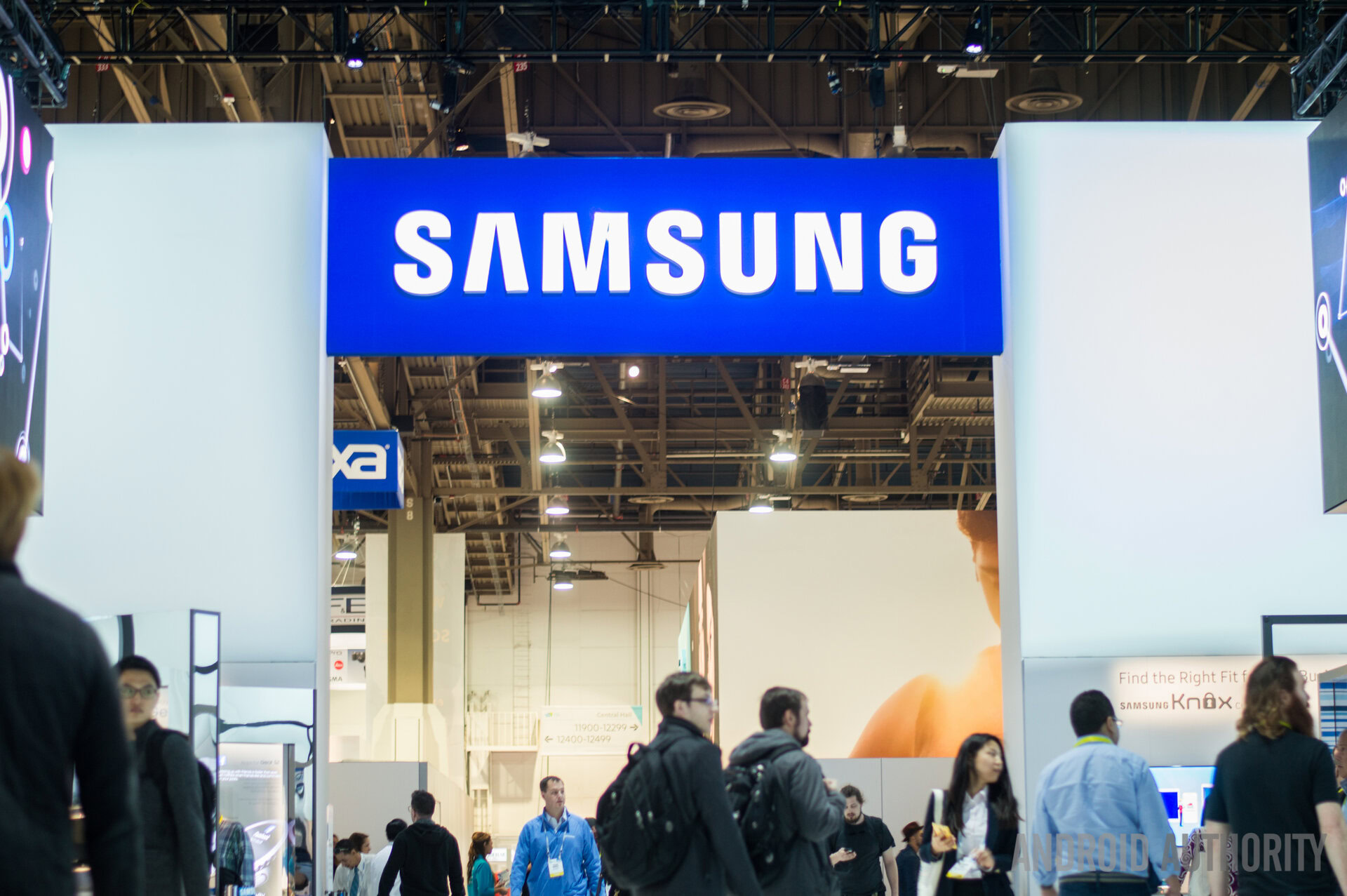
It is no secret that the past few years have become an increasingly competitive and increasingly challenging marketplace for smartphone manufacturers. Perhaps nowhere can this be felt more than with so-called “legacy” companies, or those who have been with Android from the beginning. This list includes HTC, Samsung, LG, and Motorola among others, each of whom has seen dramatic changes in business since Google’s mobile OS was first introduced.
Arguably no company has felt the heat as much as Samsung however, and no more clear could this be than the Korean OEM’s last earnings report and recent falling out of China’s top 5 smartphone manufacturers. This piece will analyze the overall situation in the country, as well as consider just what can be done – if anything – to “salvage” the market.
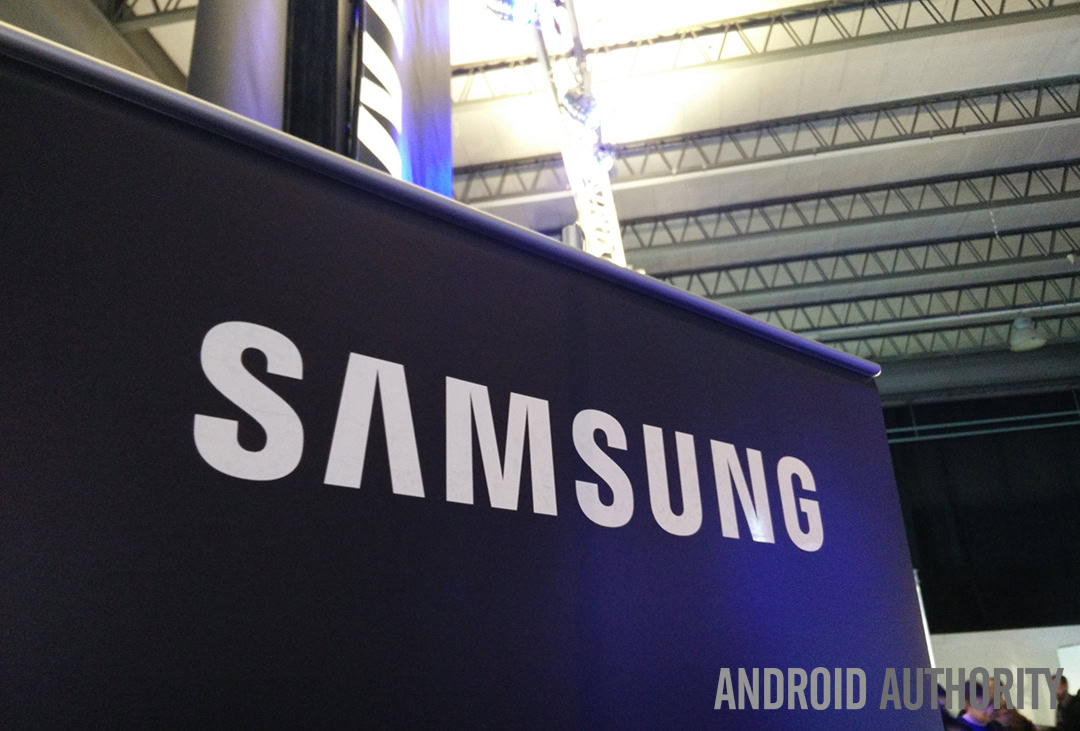
A three-pronged problem
Samsung’s situation in China is arguably the product of three different forces, all of which are interrelated. On the one hand, the company has been selling expensive products made of plastic for years, and on the other hand rivals in China have been increasingly able to produce more competitive hardware that not only trounces Samsung in terms of specs and pricing, but better caters to the needs of the population. Then there is Apple, which is catering to the needs of “big spenders” and is arguably a much more prominent status symbol. Let’s examine all three.
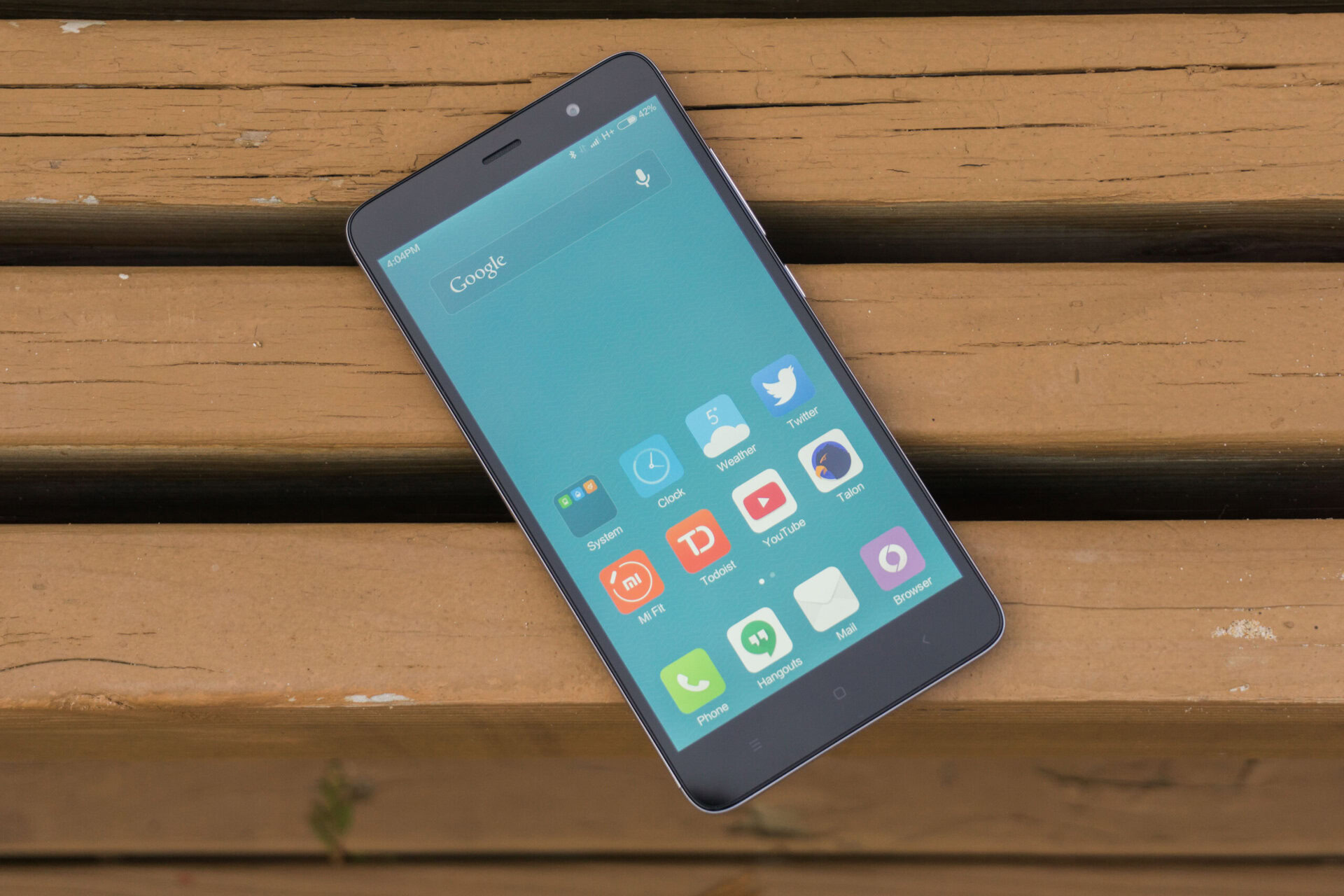
Pricing Problem (A Sony-similar situation)
Samsung’s perceived pricing strategy problem is hardly a new one when it comes to the history of large IT consumer product conglomerates. One need look no further than Japan’s sinking Sony to understand quite readily. Once the epitome of the tech world – even Apple wanted to emulate it – things went awry when rival companies proved themselves able to produce similar products at significantly cheaper prices. One need look no further than the VAIO brand of PCs for example: their high cost placed them severely out of reach for consumers looking to buy a new computer but not break the bank.
Sony’s own pride arguably hurt it, for even when things started going downhill over a decade ago, it refused to change its ways to compete aggressively, Prices were still high even if some had fallen from what they once were. And look what has happened now: VAIO has been sold off, its TV market has been spun off, smartphone sales are stagnant, factories have been closed…some have actually gone as far as stating Sony should be calling itself “The Playstation Company” and focusing on what still works. Indeed in 2016, the once commanding conglomerate is perhaps better known for its IT network security shortcomings than it is for the amazing legacy it once had as a pioneer in so many different product fields.
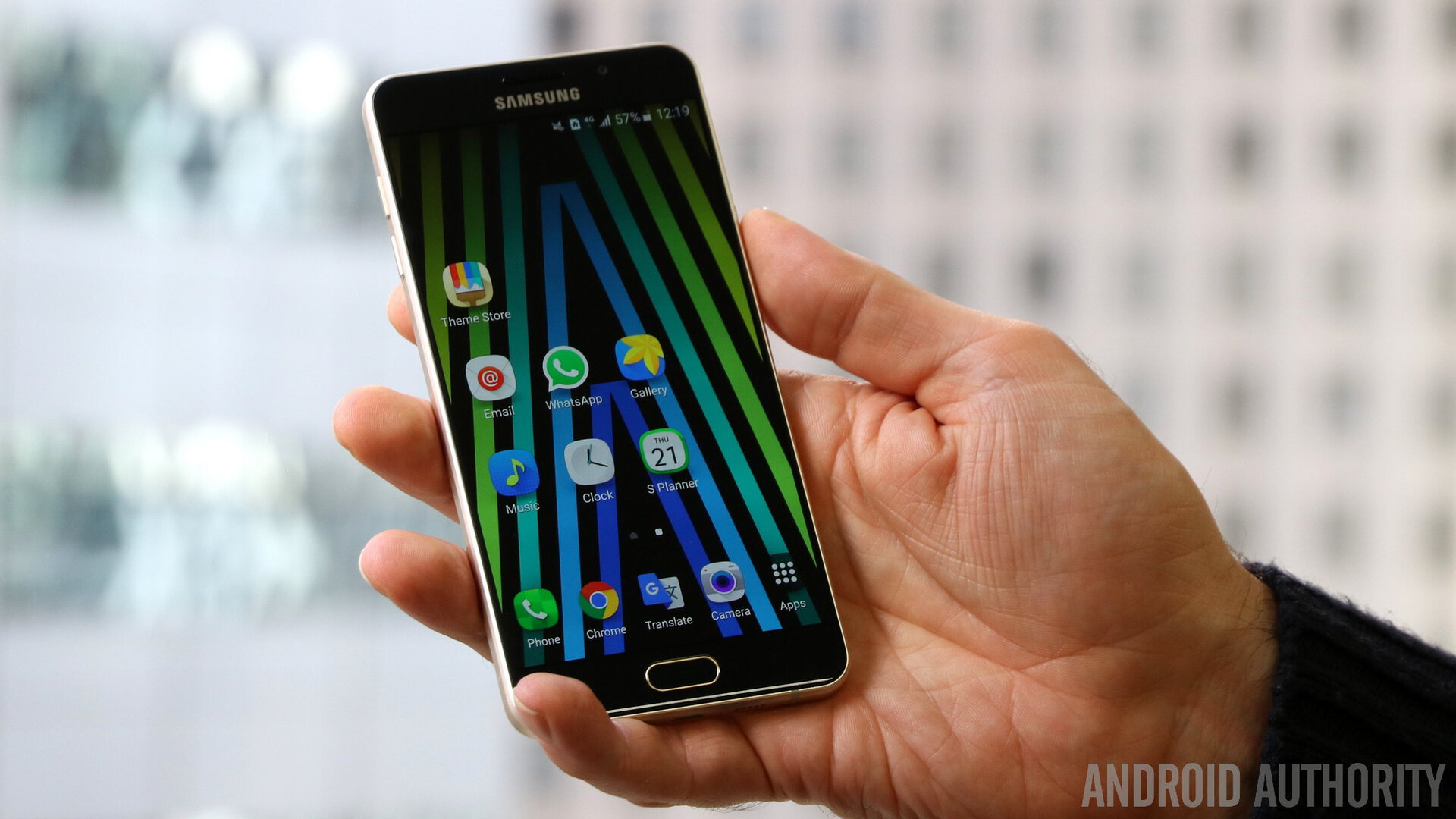
Samsung is now on the verge of facing a similar situation. It’s products are still obscenely expensive when compared to the competition. The recently released Galaxy A7 (2016) for example, costs almost $440. While a very nice looking phone that seemingly can command such a price point, it is missing basic components such as a notification LED and haptic feedback for the capacitive buttons, as well as being priced much higher than rival products with similar specs. Heck, the OnePlus 2 launched at under $400.
Even more problematic, unlike the A7 (2016) which is a decidedly mid-range device, the OnePlus 2 is a formal flagship. The same could be said about numerous cost-efficient offerings by HUAWEI and Xiaomi. Why then, would any consumer chose to spend more money for a product that packs far less punch? Because it’s made by Samsung, as if that matters any more to many customers around the world. Especially in China, it has become apparent that customers are less and less interested in that Korean namesake.

Catering its craft
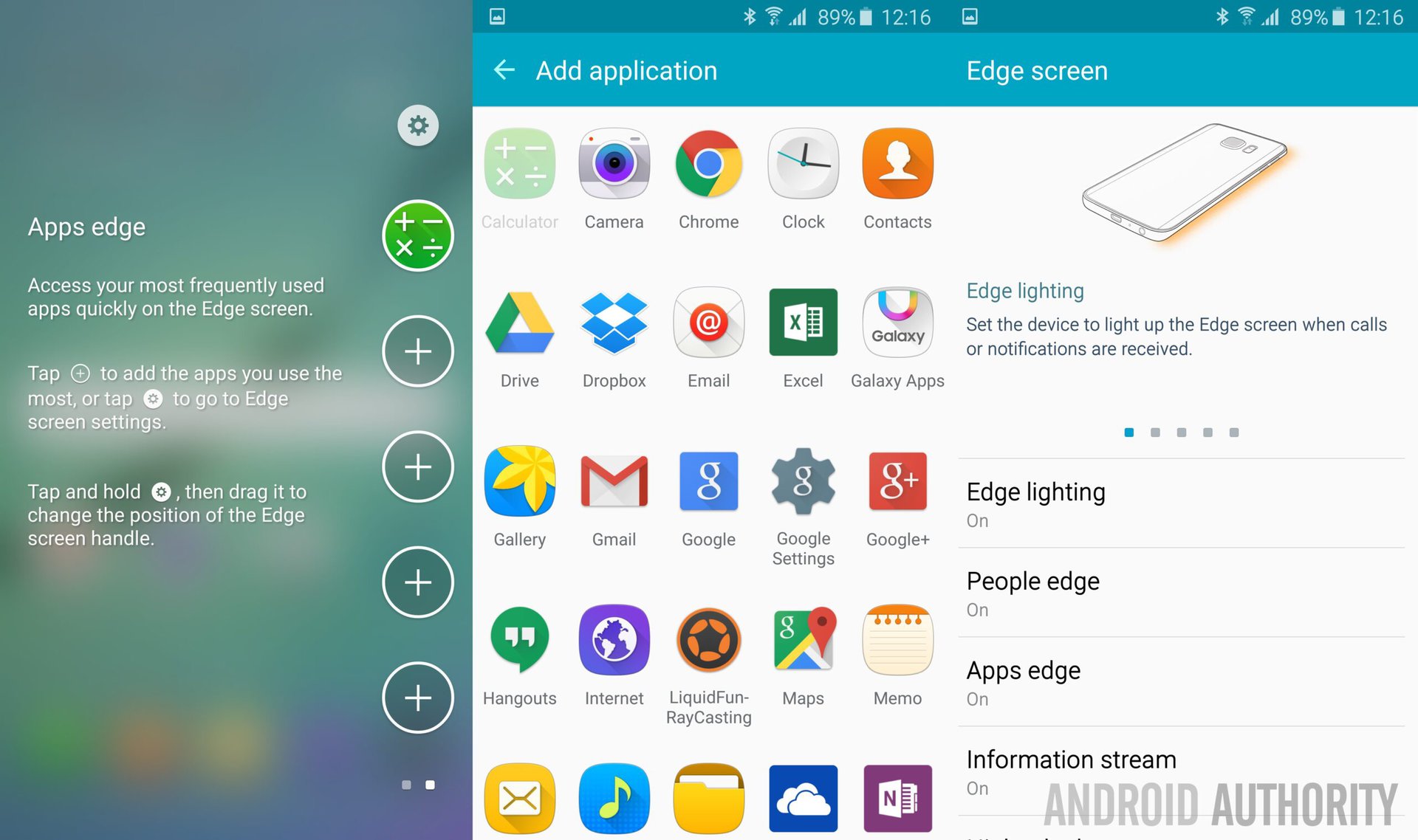
It is no secret that many of the more outspoken critics in the Android community deplore skins. Samsung’s own TouchWiz has been criticized for years, as has LG’s user interface. MotoBlur was so divisive that the original Moto X used an almost stock ASOP build; clearly Google was not happy with what had been done when Motorola was an independent company.
In Asia however, and in particular China, OS skins are not only welcomed, but seemingly expected. Look no further than what HUAWEI does – something that irks at least one Android Authority staff member – as well as Xiaomi, OnePlus, Lenovo, and numerous others. In many ways, these skins are far more overbearing and all-encompassing than TouchWiz at its “worst.” And yet, HUAWEI and Xiaomi in particular, clearly have no sign of slowing down in their home country.
Perhaps even more telling? Lenovo, which now owns Motorola, has actually gone on record to state that come 2017 its own smartphone OS skin will be merged with Motorola’s to create a hybrid. At this stage details are non-existent as is any confirmation the chimera will grace devices sold outside of China, but just the fact that a “pure” OS skin is seen as a detriment to a product’s possible performance and desirability is telling.
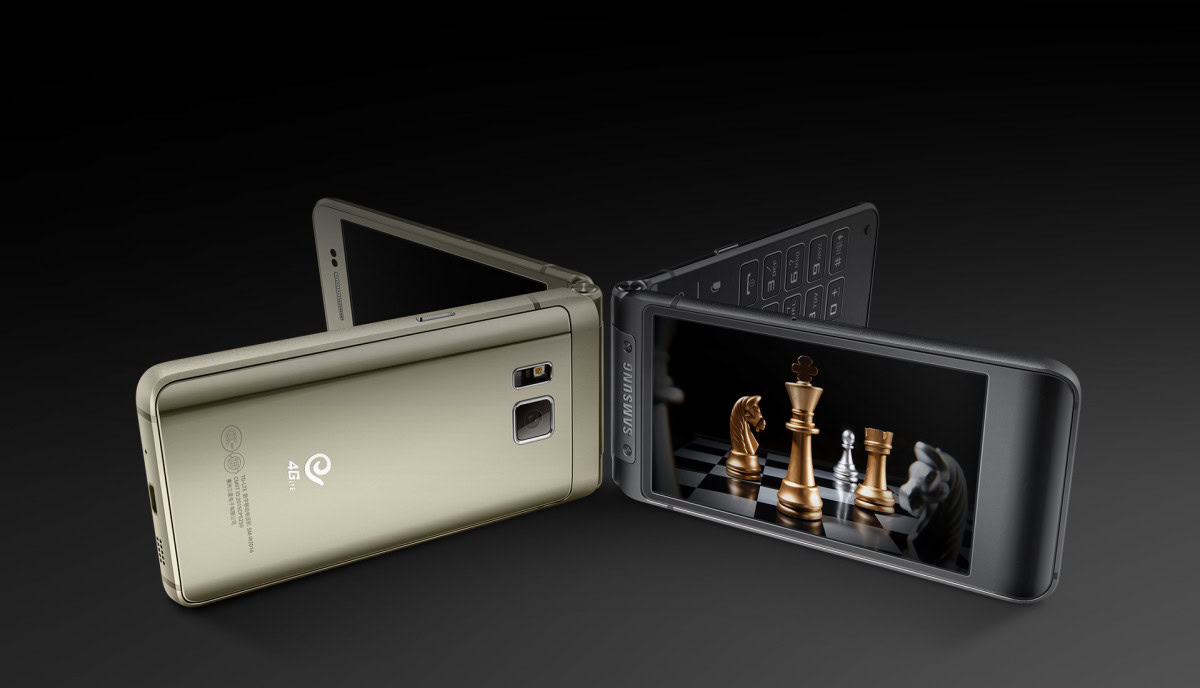
Samsung meanwhile, is not making phones for the Chinese market when push comes to shove. Granted it does have some rare gems like the Galaxy S6-inspired Galaxy W2016 flip phone. And it did launch the Galaxy A series in China both in 2014 and with the new 2016 models as well. But these decisions come across less as catering to the needs of the Chinese and more awareness of its rapidly declining market share and thus making more aggressive pushes to release possibly “desirable” products there first.
Case in point: the Galaxy A series was the first to be made entirely of metal and glass. It made perfect sense that Samsung would want to launch it in China given that so many of its rivals there were already making metal phones that had some very aggressive specs and paradoxically low price tags. Another first? The presence of a Theme store – another popular portal for Chinese consumers – but which was eventually rolled out on a global scale.
Apple aggression
Apple is, in and of itself, a fascinating consideration. While iOS saw a reduction in sales this past quarter in key territories around the world, the one major market that defied the trend was of course, China. The following data from Kantar Worldpanel ComTech illustrates the point quite clearly:
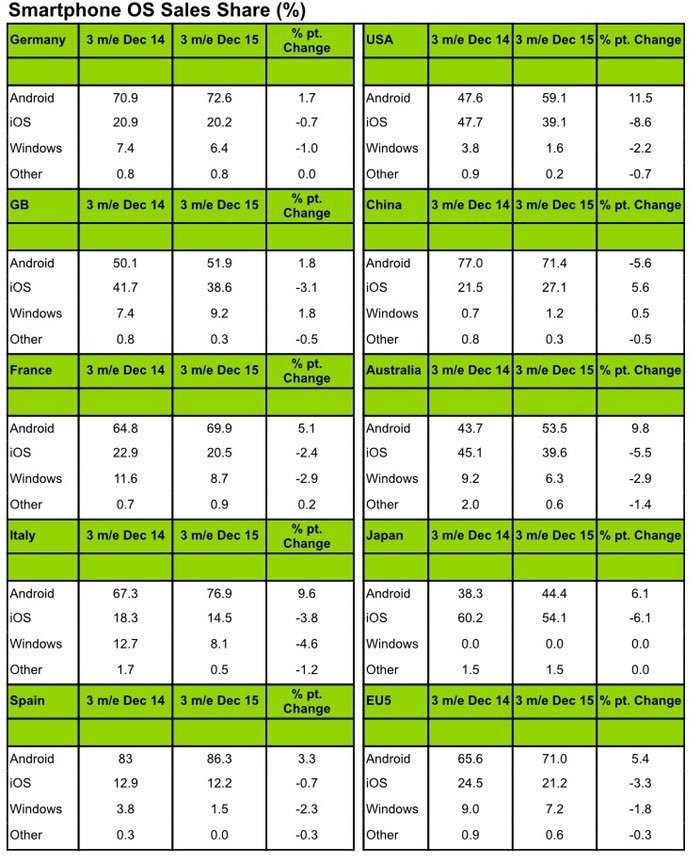
Like it or not, Apple is still a major brand to be reckoned with. In China specifically, Apple products – namely iPhones – have often been the subject of news stories. Typically they involve Chinese people traveling overseas, buying hordes of iPhones, and then bringing them back to China and selling them for a massive profit. This was quite visibly seen when the iPhone 6 launched in 2014 in Japan, and as the Yahoo News writer discovered in an interview:
“If we are talking about the 128 gigabyte version we would buy it for as much as HK$18,000 ($2,322),” said Gary Yiu, the manager of the iGeneration reseller store. That is more than double the price of the top-of-the-range iPhone 6 Plus.“I have around 200 pre-orders with 60 to 70 percent of these from mainland Chinese customers,” Yiu told AFP, adding he had dispatched 10 staff members to buy as many as possible.Yiu said the golden version of the 128GB iPhone 6 Plus was the most sought after, and he could resell it for more than HK$20,000.”
This kind of brand image is seemingly unattainable for Samsung, especially given that so many of the company’s smartphones are far less impressive – either spec wise or build wise – than those from Apple. The end result is that Korea’s foremost OEM is stuck in a rut of sorts: Apple has control of the luxury smartphone market in China, and thus it is doubtful that many customers would be interested in spending reams of Renembi for a premium product that doesn’t come with an instantly quantifiable status symbol.
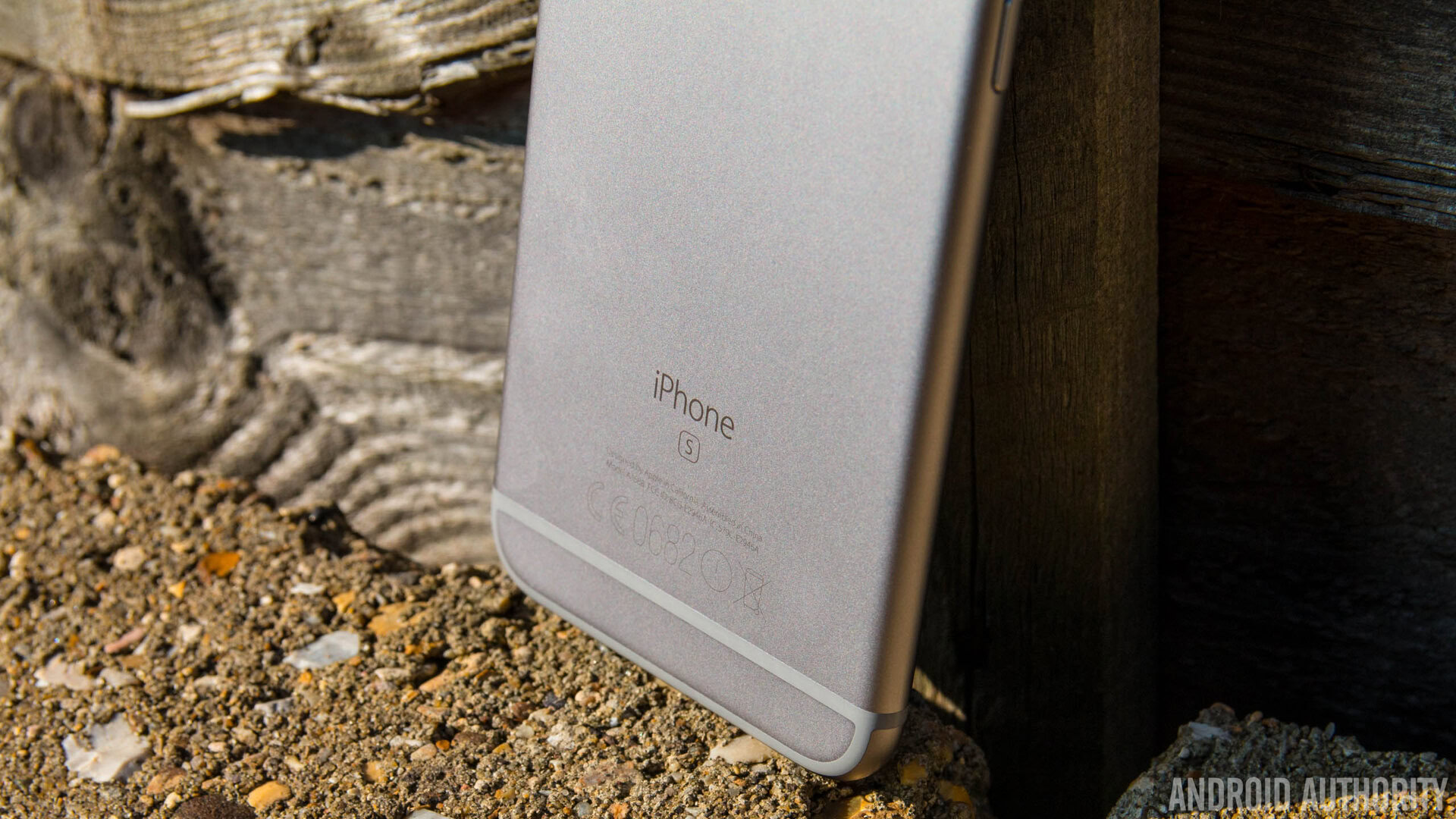
The possible considerations
There are two possible considerations for Samsung to “retake” its lost market share in China:
- It can adopt a more aggressive pricing strategy that allows it to better compete with the local competition. This is unlikely to be implemented however, as it would devalue the Samsung brand and therefore jeopardize the company’s ability to charge high prices for any products. It would also anger shareholders, individuals who expect high returns.
- It can better analyze the needs of the Chinese – outside of pricing – and make products that are specifically for, and only for, the Chinese market. This might include a sub-brand, much like how ZTE has Axon, which could focus on making unique and highly competitive products for the local market. Unfortunately this is not likely to occur either, as the company arguably would rather have some sales doing business as usual as opposed to more sales sacrificing its business model and devoting so much development to a market increasingly “conquered” by domestic competitors.
So where does this leave Samsung? Arguably in the same situation it’s currently in. Unless the OEM is prepared to take some drastic steps to reverse its declining market share, there is no real way to salvage its sinking ship. Chinese customers may indeed like Samsung, but they clearly are not going to pay the price of admission, and especially not when there is more than sufficient – and in many ways superior – domestic products to satiate.
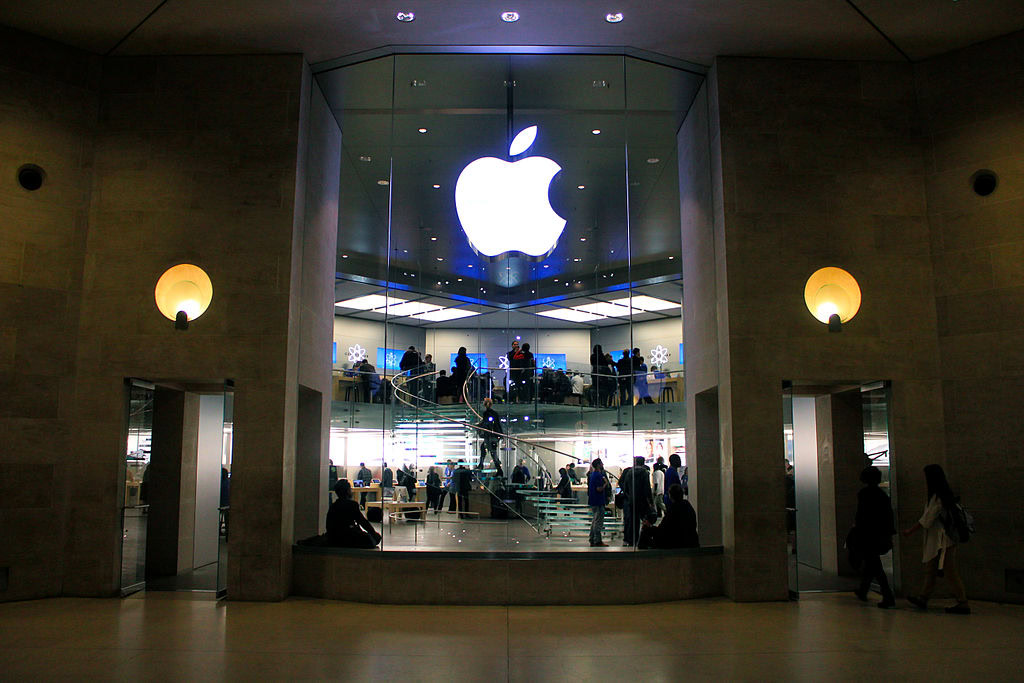
Wrap Up
Now that Samsung’s spot in China has officially fallen from the coveted top 5 ranking, it is perhaps only a matter of time before the OEM finds itself sliding down the market share totem pole in other key Asian territories. Pricing is a major priority for some shoppers, and the prospect of better specs and similar – if not superior – construction from companies like Xiaomi, HUAWEI, and OnePlus goes a long way.
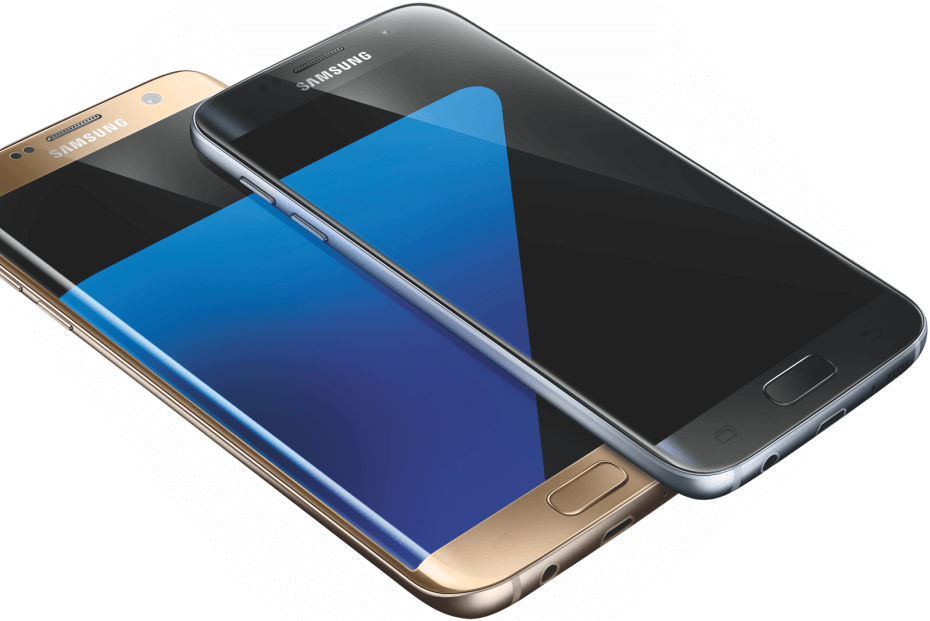
2016 will clearly be the start of a very new era for Samsung, one in which it needs to make some critical and crucial decision with respect to its business, its priorities, and its pricing. The Galaxy S7 (allegedly pictured above) may help somewhat, but given the high price tag it’s arguably not going to win over those who want something top tier yet affordable.
Arguments have been made in the past in favor of Samsung becoming a purely “high end” brand, much like Sony has done and Apple has been doing for years. This would basically allow it to continue making expensive hardware for the markets that are willing to pay for it, but will only last as long as sales are meeting or exceeding expectations. As has been seen with Apple, that was not the case with the iPhone recently, even if the company itself did post its highest profit ever.
Whatever may be, it is with severe scrutiny and eager eyes that those interested look upon that which is about to unfold.